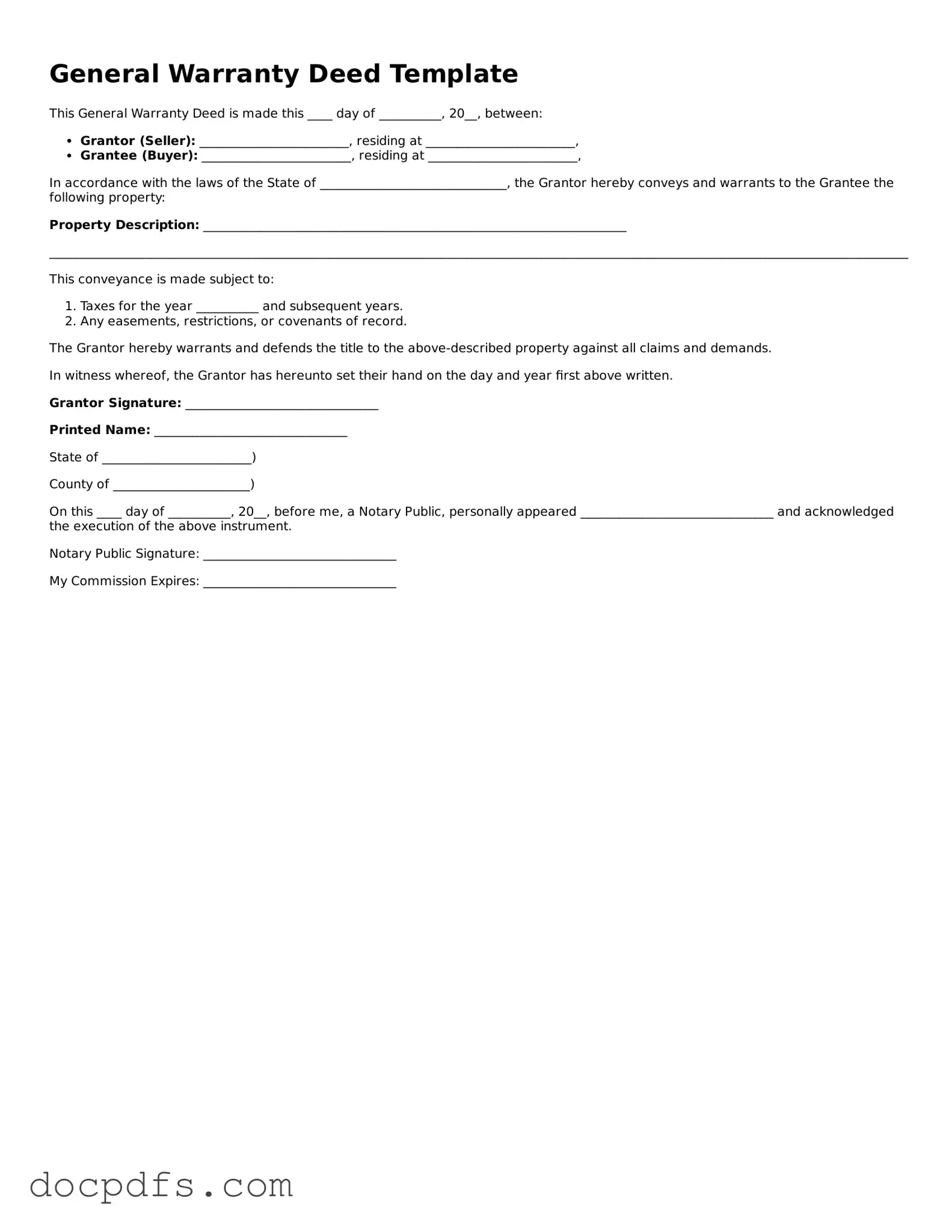The Deed form is a crucial legal document that facilitates the transfer of property ownership from one party to another. This form serves as a formal record of the transaction, ensuring that the rights and responsibilities associated with the property are clearly defined. Typically, it includes essential details such as the names of the parties involved, a description of the property, and the terms of the transfer. Additionally, the Deed form may require notarization to enhance its validity, providing an extra layer of security for both the buyer and seller. Understanding the components of a Deed is vital for anyone involved in real estate transactions, as it not only protects the interests of the parties but also complies with state laws. Properly executed, the Deed form plays a significant role in establishing clear ownership and minimizing disputes in the future.
